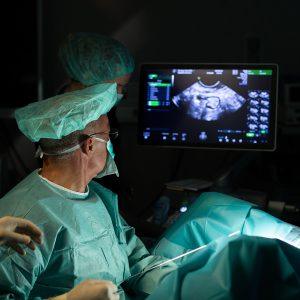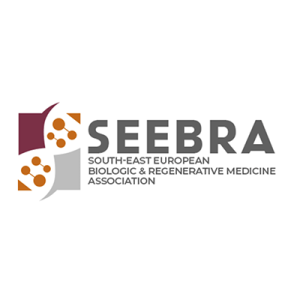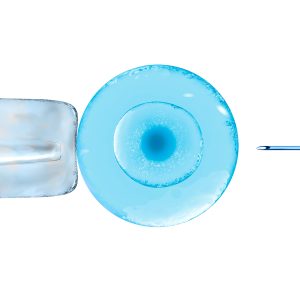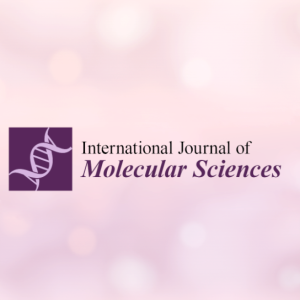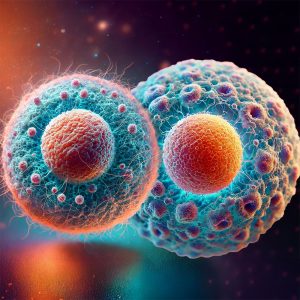Published in Frontiers In Endocrinology
Abstract
Usually poor ovarian response (POR) to gonadotropins reflects a diminished ovarian reserve (DOR) that gives place to few recruitable follicles despite aggressive stimulation. The reduction in the quantity and quality of the oocytes with advanced age is physiological. However, some women experience DOR much earlier and become prematurely infertile, producing an accelerated follicular depletion towards primary ovarian insufficiency (POI). Up to now, egg donation has been commonly used to treat their infertility. In the last thirty years, specialists in assisted reproduction have focused their attention on the final stages of folliculogenesis, those that depend on the action of gonadotrophins. Nevertheless, recently novel aspects have been known to act in the initial phases, with activating and inhibiting elements. In vitro activation (IVA) combining the in vitro stimulation of the ovarian Akt signaling pathway in ovarian cortex fragments with a method named Hippo-signaling disruption. Later, a simplification of the technique designated Drug-Free IVA have shown encouraging results in patients with POI. Another innovative therapeutic option in these patients is the infusion of bone marrow-derived stem cells (BMDSC) in order to supply an adequate ovarian niche to maintain and/or promote follicular rescue in patients with impaired or aged ovarian reserves. In this review, for the first time, both therapeutic options are addressed together in a common clinical setting. The aim of this review is to analyze the physiological aspects on which these innovative techniques are based; the preliminary results obtained up to now; and the possible therapeutic role that they may have in the future with DOR and POI patients.
Read more at https://www.frontiersin.org/articles/10.3389/fendo.2020.617704/full

